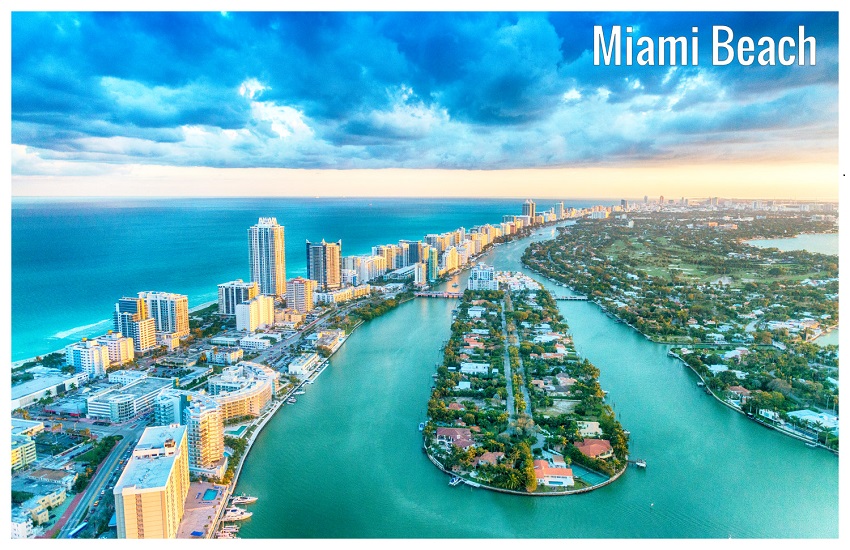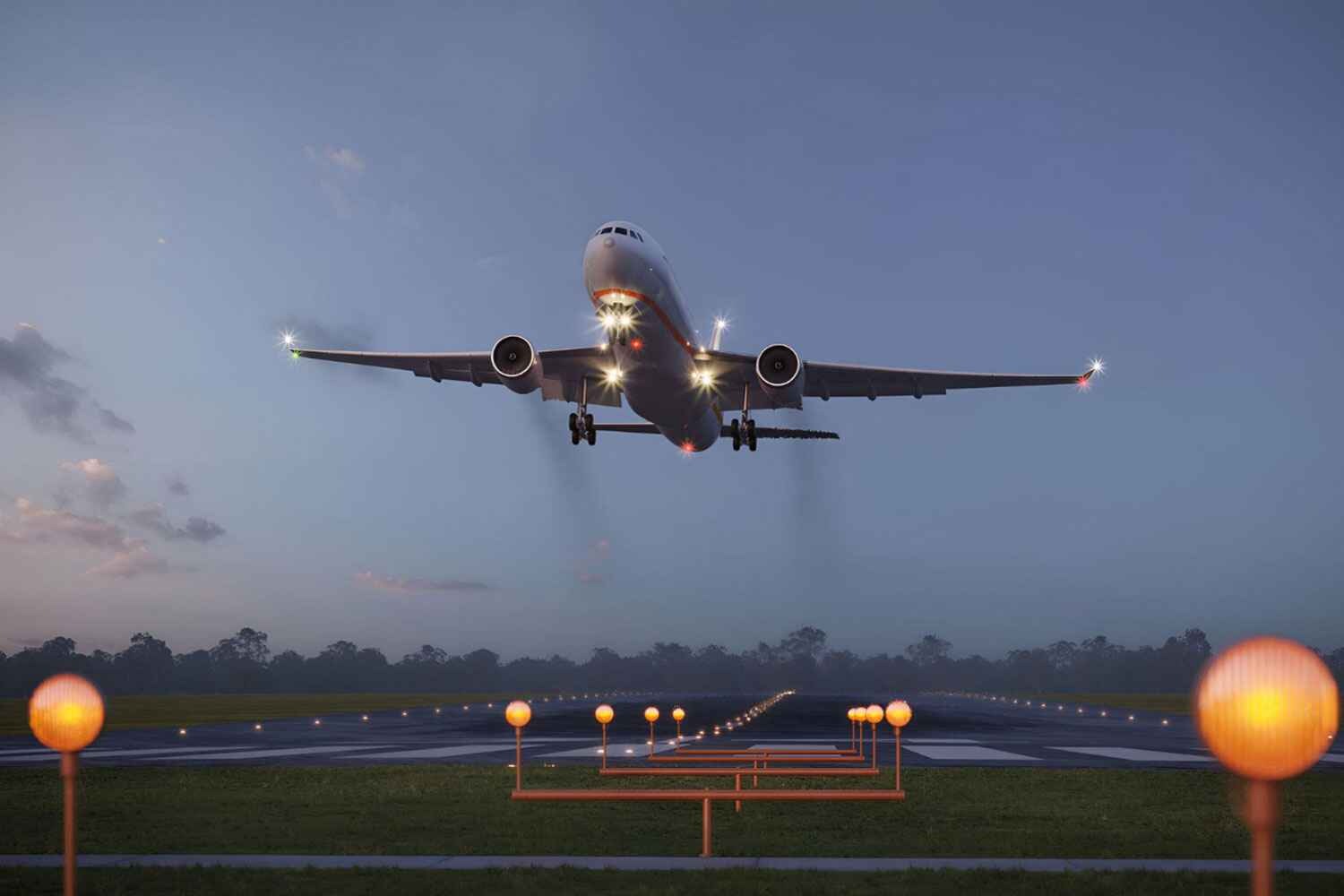Both beaches are fantastic, but some people prefer different. There are many means of differing the Atlantic Ocean and Pacific beaches. On the Main Island, Hawaiian beaches differ from the leeward and twisting sides and the sandy waters along the island’s southern shore. Surfing, sand, soil, and family-friendly beaches are available on all trips. Hawaii is 2,500 miles away from Los Angeles, and thus not as cheap or available as Miami. In this blog below, we will inform you about why you should opt for either of the two beaches (maui vs miami beach).
Take a look on Maui vs Miami Beach
Maui Beach

Maui has some of the best in the region, if not globally when it comes to beaches. The island of Hawaii has a coastline of 130 miles, the beach being 30 miles.
Most beaches in Hawaii are extensive, featuring a portion of brook and palm trees. When choosing a beach, you usually chose if it is ideal for swimming and finding and finding, lack of service. Some beaches have heavy waves and are suitable for water or surfing (or watching them). Any of the beaches have at least an hour or two from Wailea, Lahaina, and Kihei to at least one of the island’s major resort areas.
In an area equal to Connecticut’s size, the Big Island is the southernmost portion of the Hawaiian Islands and features an excellent combination of microclimates. Active volcanoes, rainforests, waterfalls, and wind and leeward beaches on the island are all geological characteristics of the island. It is millions of years younger than Kauai, and therefore not as many beaches on the smaller islands have been formed by erosion. But the landscape on the Main Island is called tops. Hapuna is among the main beaches on the leeward side of the Kohala Coast. This one is tiny compared to Miami’s beaches at about half a mile long and 200 feet high, but the winter months cause surfing to grow.
Hawaii’s most famous black sand beach is Punalu’u Beach. The lava eruption of the surrounding Kilauea has produced this impressive success near Kau, on the southern shore next to the Hawaiian Volcanoes National Park. When juxtaposed with black sand, it seems to tourists that green palms and turquoise water cannot stand further from the fine white particles of the Atlantic beaches and that the lava flow contributes acreage to the island. Their view seems incongruous. The black sand and colossal nesting turtles are remembered to be protected.
Miami Beach

Miami is one of South Florida’s most popular holiday destinations, including beaches, fantastic weather, history, music, sports, etc. The city of Miami is a new city and historical treasure chest, isolated from the Atlantic Ocean by the Bay of Biscayne and Miami Beach.
You will still find plenty of things to do, from the museums to the streets of Little Havana. With a significant part of the beach and a friendly atmosphere, Miami Beach is a must-see around the Bay with its Art Deco Neighborhood. In the immediate vicinity, Everglades National Park is among many famous Miami day trips.
In southern Florida, the famous Atlantic beaches in Miami include white sand, warm water, fishing, boating, surfing, and sightseeing. The weather can be high and hot, the monsoon-like rain and the occasional storm can impact the summer wonderfully during the spring and autumn. For a significant part of the US population, Miami is on a three-hour trip. Plus, the nearby bars’ party scene, night clubs spread on Miami’s beaches as the sunsets.
Looking at Miami’s 16 beaches, there are a variety of signature designs. The crowds go to Crandon Park Beach in Key Biscayne, where there are no less than 75 outdoor barbecues open. Football, softball, and golf contribute to the choices near the beach. Virginia Key is much louder in the vicinity. The Mangrove Islands provides an environment for picnics and sunbathing over the Miami skyline at Matheson Hammock Park Beach. It is renowned for its Art Deco hotels and its hip party scène, Miami Beach’s South Beach. The best places to swim are the northern sand stretches beyond 15th Street and Collins Road. North of Bal Harbor, Haulover Beach has the most swell of the region, but it cannot hit Hawaii’s surfing scene.
Read about – Miami Travel Guide: All You Need To Know




